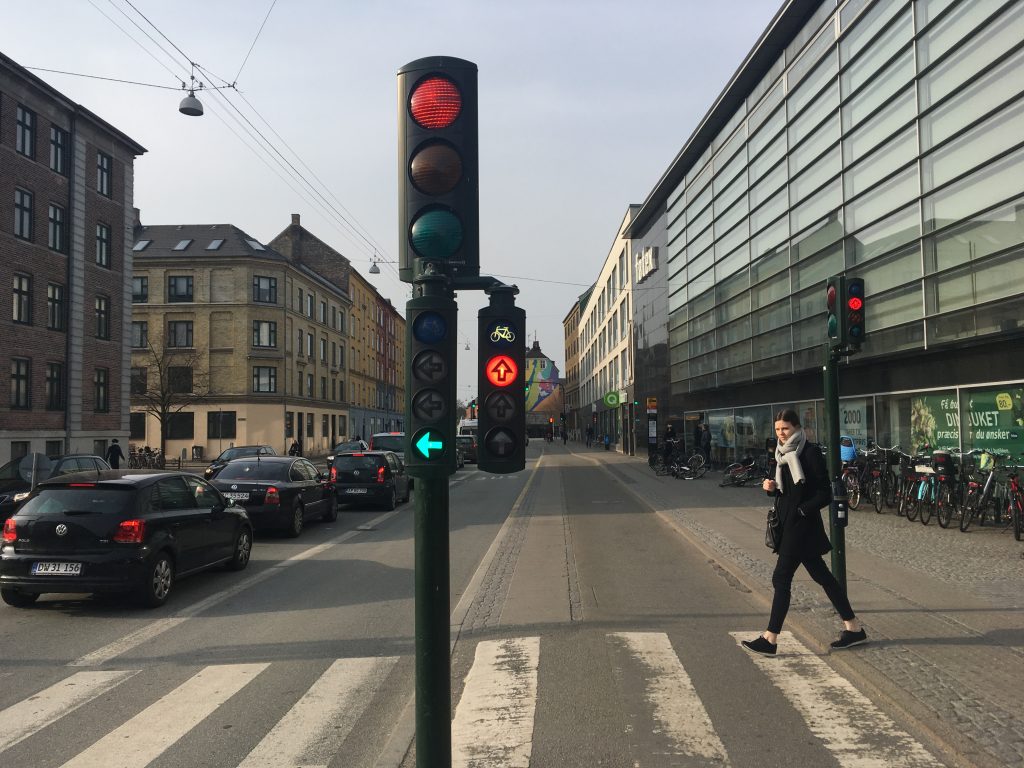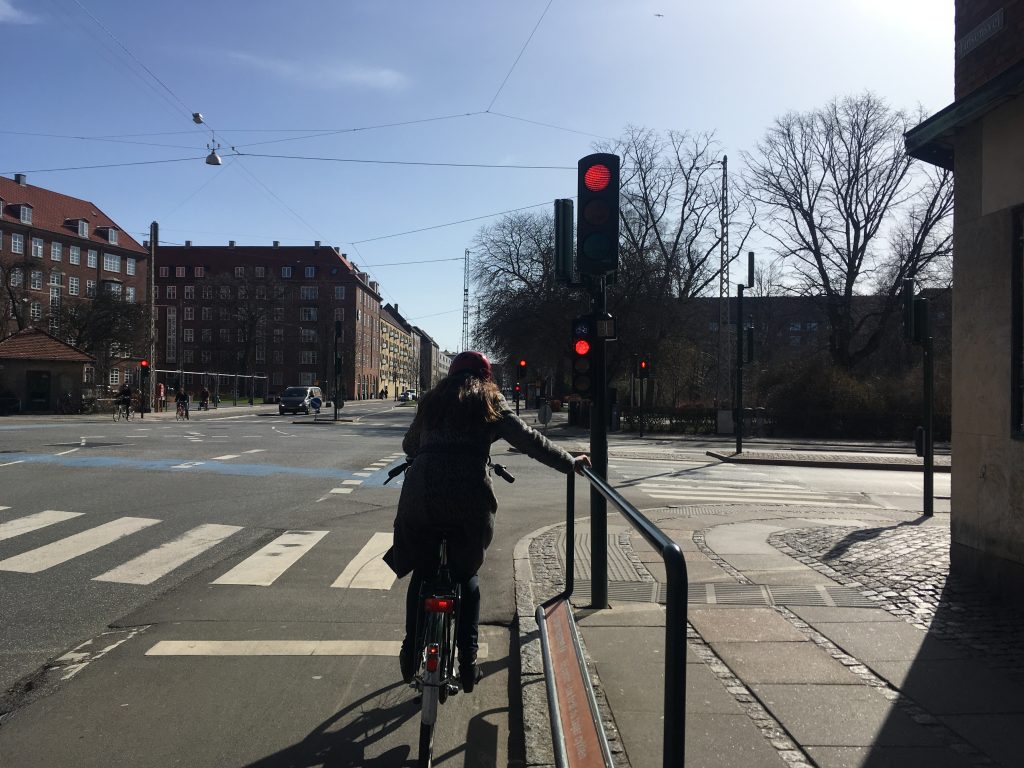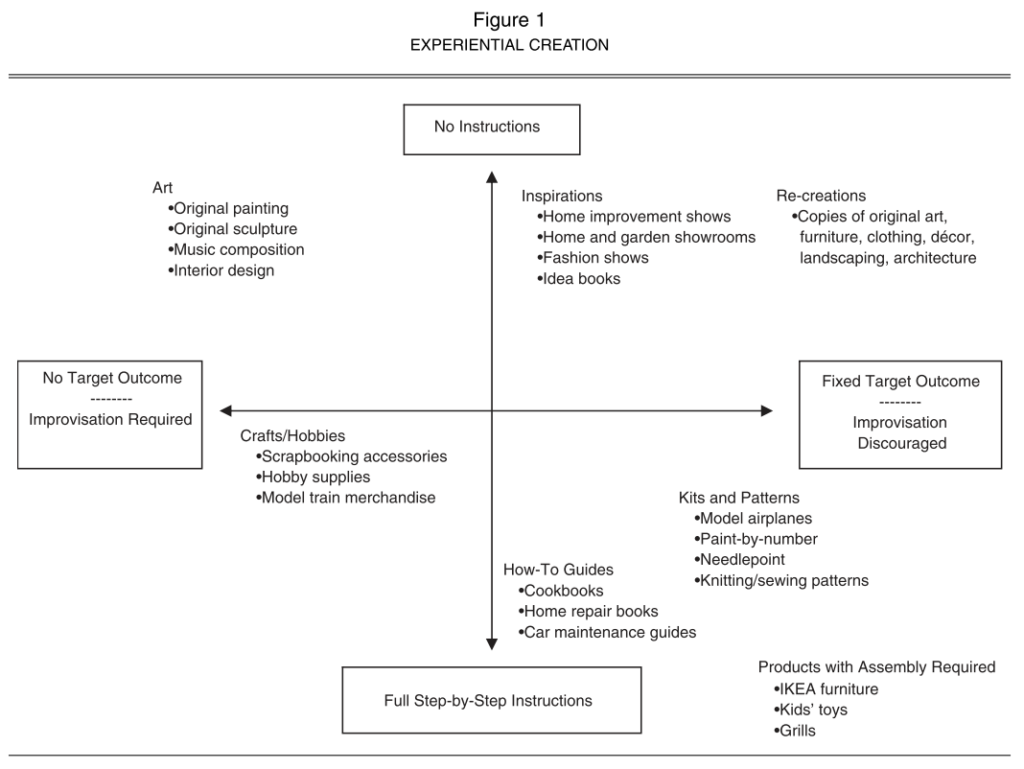
Many cities aim to be bike-friendly but only few succeed. Wired ranked Copenhagen as the most bike-friendly city in 2015 and in 2017. Interestingly, an article in the same magazine estimated the cost to have a bike-friendly city.
… a fully-realized protected bike lane costs about $445,000 per mile, according to the San Francisco Bicycle Coalition. (Infrastructure costs vary widely by location, but compare that to the $280,000 the city spends to install a single traffic signal, or the $571 million per mile spent building Presidio Parkway.) Temporary infrastructure can be built, studied, and scrapped if necessary without too much financial fuss.
Then, what will be the benefits of installing fully-realized protected bike lanes in the city? These special bike lanes will give two psychological benefits to bicycle riders: competence and autonomy.

First, bicycle riders will be competent when bike lanes are physically separated from car lanes. In Copenhagen, bike lanes are often mounted higher and sometimes are separated by bus lanes. When traffic lights are designated for bicycle riders, everyone on the street assume they should follow some kinds of traffic lights.
Bicycle riders will be competent when they notice certain things are designated solely for them. One example is the trash can angled on bike lanes. Another example is the pipe-shaped hand rest with a foot rest. Many riders lean on this device when they need to wait for the green light.

Second, bicycle riders feel autonomous when the bike lanes are wide enough for two bicycles. They are sometimes in a rush and other times want to go slow and steady. In Copenhagen, most of the bike lanes are wide enough to meet riders’ different needs.
In sum, cyclists in Copenhagen will enjoy competence and autonomy thanks to its fully-realized protected bike lanes. These two psychological motivations are the drivers for people to enjoy constrained creative experience (Dahl and Moreau 2007). We apply the same framework to understand the psychology of bike riders in the bike-friendly cities, which improve riders’ experiences in other cities.
***
Reference
Dahl, D. W., & Moreau, C. P. (2007). Thinking Inside the Box: Why Consumers Enjoy Constrained Creative Experiences. Journal of Marketing Research, 44(3), 357–369.
From cooking kits to home improvement shows, consumers are increasingly seeking out products that are designed to help them be creative. In this research, the authors examine why consumers participate in creative activities and under what conditions these experiences are the most enjoyable. A qualitative study explores the diverse motivations for undertaking creative tasks and identifies the role of constraints in such endeavors. Then, the authors conduct two experimental studies to understand the importance of constraints (e.g., instructional guidance, target outcomes) in facilitating a balance between perceived competence and autonomy for consumers involved in a creative task. When consumers engage in creative activities with a sense of both autonomy and competence, they enjoy the experience more. The authors discuss implications for managers and provide opportunities for further research.

